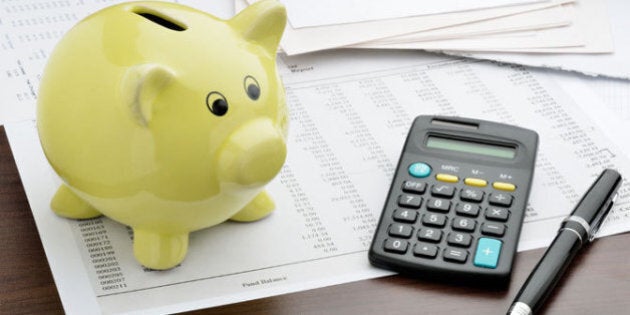
Today we're pulled in so many different directions and have so many expenses that it can be difficult to keep up. However, it's important to save for a rainy day because you never know what's around the next corner. From repairing a leaky roof to replacing a car engine, these unexpected costs can add up fast.
But more important than unexpected costs, an emergency fund is your safeguard against a sudden loss of income. That's why financial experts stress the importance of having an emergency fund. Ideally, it is recommended that you have at least three months' worth of living expenses on hand in your emergency fund. Many of us, however, fail to follow this rule.
Not properly saving for the unexpected can have negative consequences because many people, when faced with an unexpected emergency, will either take money from their retirement savings/investments or rack up heavy balances on their credit cards. That's why having funds put aside for life's unexpected emergencies is one of the most financially responsible things you can do.
When it comes to creating an emergency fund, here are my top five tips to get you started:
Track your expenses: To figure out how much you need to save, first you'll need to find out how much you spend every month. It's a good idea to track your expenses over three months so you can get an average of how much you spend each month. Once you've tracked all of your expenses, take a look and see what you can get rid of. You can then take this money and put it towards your emergency fund.
Decide where you want to keep your emergency fund: There are many options on where you can place your emergency fund from stashing funds a high-interest savings account or a tax-free savings account (TFSA). Regardless of the saving vehicle you chose, a key thing to remember is to keep the funds quickly accessible so that you can get to the money quickly in the event of an emergency.
Create a PAC: The pre-authorized contribution can be your best friend. This allows a set amount of money to be taken from your account and put into another account where you can save for anything. Since this money is automatically transferred on a regular basis (i.e. weekly, bi-monthly, monthly, etc.), this means less work for you.
Start small and be patient: You don't want to turn your life upside down in order to save for your emergency fund, so it's important to start with what you can afford. Being consistent with contributions is key and over time you'll build a healthy fund reserve.
Understand what constitutes an emergency: Remember to only dip into your emergency fund in the case of a real emergency. A family trip to Hawaii does not constitute an emergency. Before withdrawing be truthful with yourself and be sure the money is being used for a need not a want.
It's always advisable to work with a trusted financial planner to establish and build money for a rainy day.
ALSO ON HUFFPOST: